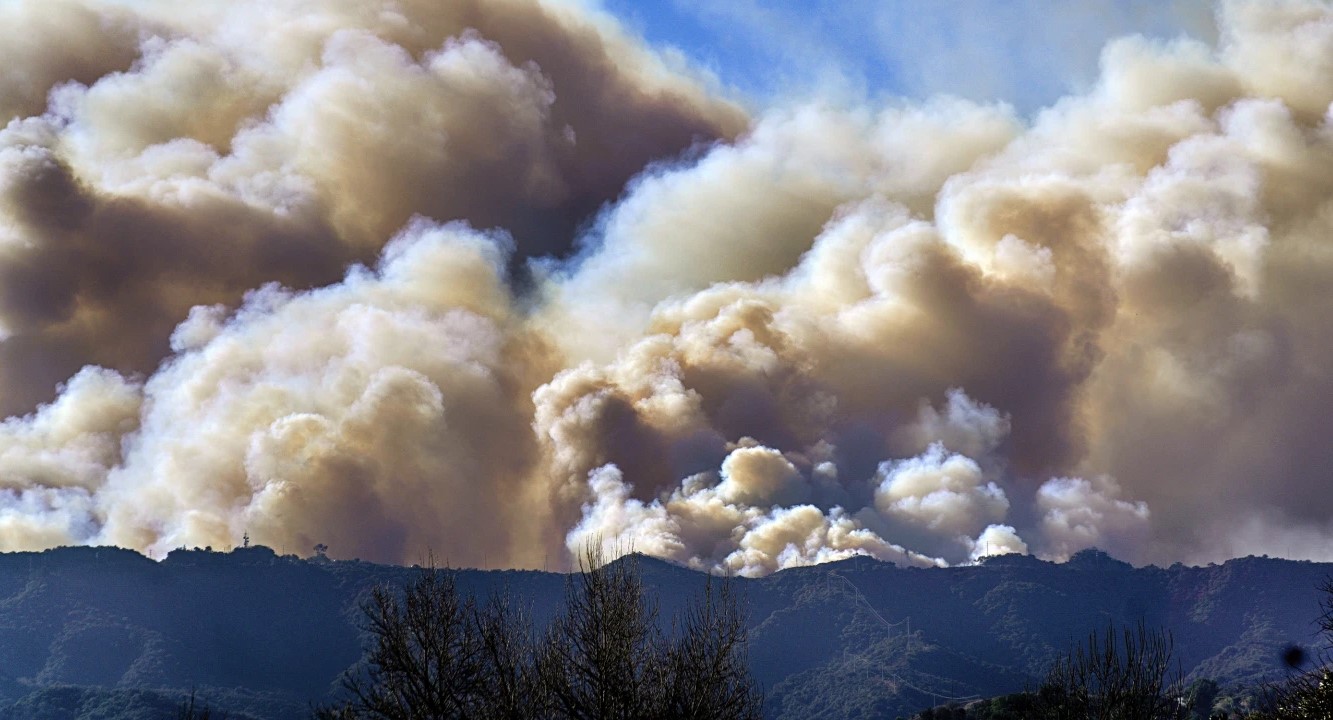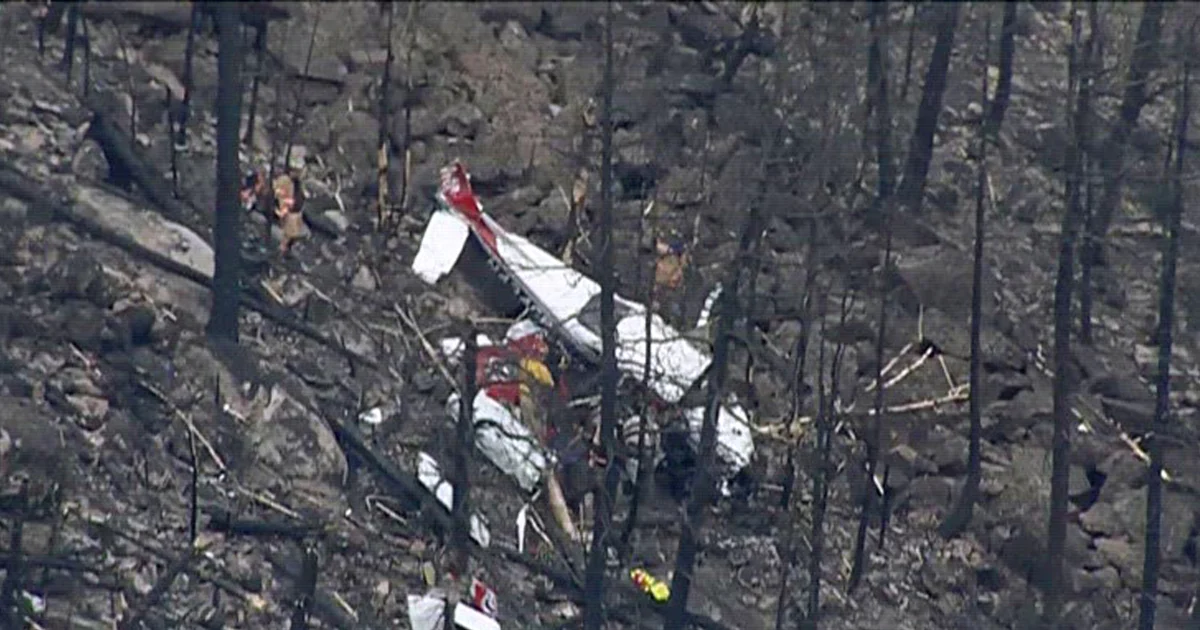California, known for its breathtaking landscapes and sprawling cities, has faced a growing threat from wildfires in recent years. The state is no stranger to these unpredictable and destructive forces of nature, and the situation in Los Angeles has become particularly dire. As firefighters battle heavy winds, the death toll from the ongoing wildfire continues to rise, and communities remain on high alert. This article provides live updates on the current situation, the efforts to contain the blaze, and the impacts it has on local residents and the environment.
The Current Situation: The Blaze Rages On
As of the latest updates, the wildfire in the Los Angeles area is intensifying, with heavy winds exacerbating the situation. The fire, which started several days ago, has already claimed lives and forced thousands to evacuate. Firefighters are working around the clock to contain the blaze, but the rapidly changing weather conditions, including strong winds and dry conditions, make the task even more challenging.
According to fire officials, the fire has spread rapidly through both urban and rural areas, and it is feared that it could reach even more densely populated regions if the winds continue to fuel its growth. Thousands of acres of land have been scorched, and the fire is not yet contained. The Los Angeles Fire Department (LAFD) and other agencies have been battling the flames using a combination of ground crews and aerial support, but the heavy winds are making it difficult to control the fire.
Death Toll Increases: Casualties and Evacuations
The toll on human life has been devastating, with at least a dozen people confirmed dead and many others still missing. The numbers continue to rise as emergency responders search for survivors and victims. The heat, smoke, and intense flames have made it nearly impossible for some to escape in time. Many of the fatalities are believed to be individuals who were unable to evacuate in time, either due to road closures or the fast-moving nature of the blaze.
In addition to the loss of life, there has been significant damage to homes and businesses. Thousands of homes in rural and suburban communities have been destroyed, and the fire has left many families displaced. Emergency shelters have been set up across the city, providing temporary housing, food, and medical care to evacuees.
The evacuations have been chaotic, with authorities urging residents in affected areas to leave immediately. Road closures, smoke, and heavy traffic have made evacuations difficult, and many residents are seeking shelter wherever they can find it. The LAFD and other emergency services have been coordinating the evacuations, but it is an ongoing challenge given the scale of the disaster.
Firefighters’ Struggles: Battling Nature’s Fury
Firefighters have faced one of the toughest challenges of their careers as they fight the blaze. The combination of high winds, dry brush, and steep terrain has made firefighting efforts extremely difficult. Crews on the ground have worked tirelessly to clear firebreaks, create containment lines, and protect homes and other critical infrastructure. Meanwhile, aerial firefighting teams have used helicopters and planes to drop water and fire retardant on the flames from above.
However, the fierce winds have made these efforts less effective. Winds have pushed the flames in unpredictable directions, causing the fire to jump containment lines and spread rapidly. Firefighters have had to adjust their strategies in real-time, often working under hazardous conditions to protect lives and property.
The heat generated by the fire has also taken a toll on the crews, many of whom have been working long hours without relief. Firefighters have been enduring extreme temperatures and thick smoke, which has reduced visibility and created dangerous conditions. The combination of physical exhaustion, environmental stress, and the risk of being trapped by the flames has been overwhelming, yet the brave men and women battling the fire continue to fight on, knowing that they are saving lives.
The Role of Weather: Strong Winds Complicate Containment Efforts
Weather has played a major role in the rapid spread of the wildfire, with strong winds intensifying the situation. The winds, which are expected to persist over the next few days, have already pushed the fire into new areas, creating additional challenges for firefighters.
The Santa Ana winds, which are common in Southern California during the fall and winter months, are known for their ability to rapidly spread flames across dry brush and woodland. These winds can gust up to 50 miles per hour, which is enough to carry embers and ignite new fires in areas far from the original blaze. With gusty winds continuing to whip through the region, fire crews are struggling to maintain control.
The dry conditions in the area, which are typical of California’s fire season, only exacerbate the problem. Years of drought, along with the state’s ongoing water shortages, have left much of the vegetation in Southern California parched and highly flammable. When combined with high winds, these conditions create the perfect environment for wildfires to thrive.
Environmental Impact: Destruction of Wildlife and Habitats
The environmental impact of the Los Angeles wildfire is also profound. As the fire spreads through both urban and rural areas, it has left behind vast swaths of destroyed natural habitats. The fire has burned through critical wildlife areas, including forests and parks that are home to a variety of species.
Many of the animals that inhabit these regions are at risk, as the fire leaves them with limited access to food and shelter. While some wildlife may be able to flee the fire, others are less mobile and unable to escape in time. In addition to the loss of life, the fire is expected to have long-term effects on the local ecosystem, including the destruction of plant life and the contamination of soil and water sources.
Moreover, the air quality in Los Angeles has taken a significant hit due to the thick smoke and ash that have been carried across the city by the winds. The smoke has caused hazardous air quality levels, posing risks to people with respiratory issues and exacerbating existing health problems. The ash and smoke are also contributing to pollution, making it more difficult for residents to breathe safely.
The Road Ahead: Challenges and Resilience
As firefighters continue to battle the flames, the road ahead remains uncertain. The heavy winds, dry conditions, and the unpredictability of the fire mean that it could take days or even weeks to contain the blaze fully. The fire is expected to continue moving in various directions, depending on weather conditions and fire-fighting efforts.
In the meantime, residents in affected areas are left to grapple with the emotional and physical toll of the fire. The loss of homes, belongings, and loved ones is a heartbreaking reality for many. However, California has shown time and time again that its residents are resilient. Communities will rebuild, and those who have lost everything will find support from their neighbors, local organizations, and first responders.
Firefighters, despite the hardships they face, remain committed to doing everything they can to save lives and limit the damage. Their bravery and dedication, along with the ongoing efforts of emergency services, provide hope for those affected by this devastating disaster.
As Los Angeles continues to fight the wildfire, the community remains in the midst of one of the most challenging crises the city has faced. The fight to contain the fire is far from over, and the death toll may continue to rise as more information comes in. However, the resilience of the people of Los Angeles and the tireless efforts of firefighters give hope that this tragedy will eventually come to an end, and the recovery will begin.



